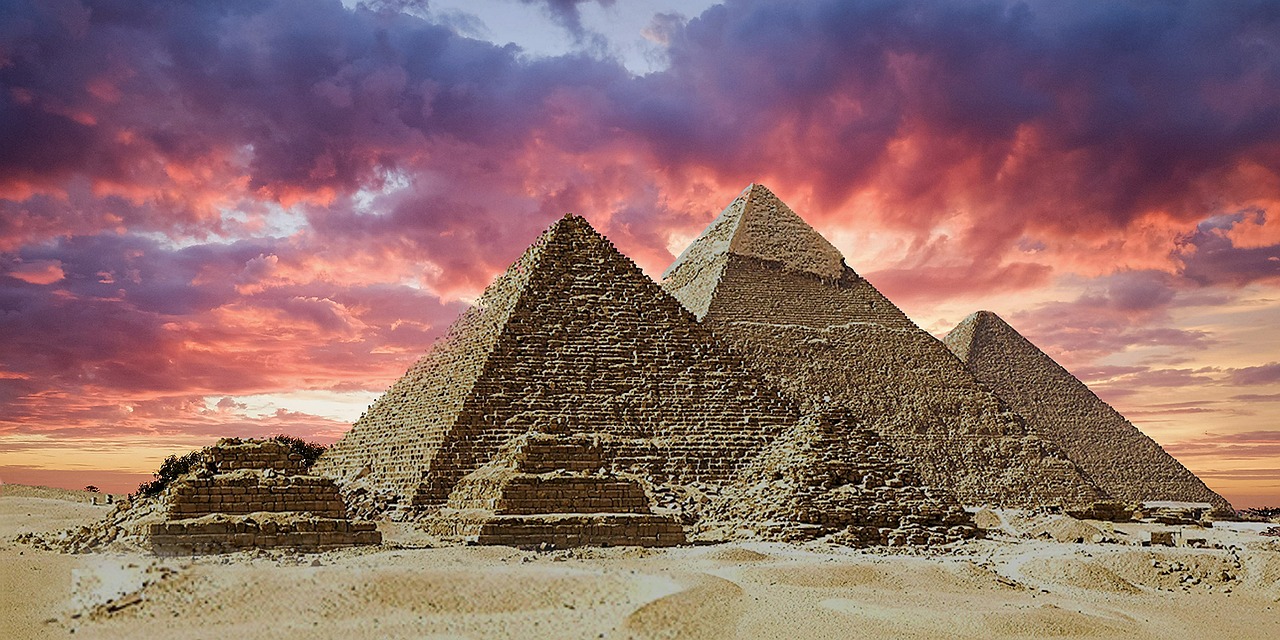You built that big deer blind, stacked last summer’s fire wood and even lifted your truck, but ‘cmon you didn’t build anything like the pyramids.
The ancient Egyptians were master craftsmen and engineers who built remarkable structures and machines that stood the test of time. In their quest for innovation and efficiency, they relied on various materials and substances to lubricate their machinery and ensure smooth operation. While the exact composition of ancient Egyptian lubricants may remain a mystery, historical evidence and archaeological findings provide valuable insights into the methods and materials they used.
1. Animal Fats and Oils:
One of the most common lubricants used by the ancient Egyptians was animal fats and oils. Rendered fats from animals such as cattle, sheep, and goats were readily available and easily accessible, making them ideal for lubricating moving parts and machinery. These fats were often applied directly to friction points to reduce wear and friction, allowing ancient Egyptian machinery to operate smoothly and efficiently.
2. Plant-Based Oils:
In addition to animal fats, the ancient Egyptians also utilized plant-based oils as lubricants. Olive oil, in particular, was highly prized for its lubricating properties and was commonly used in various aspects of ancient Egyptian life, including machinery and equipment. Other plant-based oils, such as sesame oil and castor oil, may also have been used for lubrication purposes, providing additional options for ancient Egyptian craftsmen and engineers.
3. Beeswax and Resins:
Beeswax and tree resins were another source of lubrication for the ancient Egyptians. These natural substances were known for their adhesive and protective properties and were often mixed with oils or fats to create lubricating compounds. Beeswax, in particular, was prized for its ability to form a durable and water-resistant coating, making it suitable for use in machinery and equipment exposed to moisture and humidity.
4. Tallow and Bone Grease:
Tallow, a type of rendered animal fat derived from beef or mutton, was commonly used by ancient civilizations as a lubricant and sealant. Similarly, bone grease, made from the marrow of animals, was another lubricating substance that may have been utilized by the ancient Egyptians. These greases were valued for their high viscosity and adhesion, providing effective lubrication for gears, axles, and other mechanical components.
5. Gypsum and Clay:
While not traditional lubricants in the modern sense, gypsum and clay were sometimes used by the ancient Egyptians to reduce friction and wear in machinery. These materials were ground into a fine powder and applied to moving parts as a form of dry lubrication. While not as effective as oils or fats, gypsum and clay provided a temporary solution for reducing friction in ancient Egyptian machinery.
In conclusion, the ancient Egyptians employed a variety of materials and substances to lubricate their machinery and ensure smooth operation. From animal fats and plant-based oils to beeswax and resins, these natural lubricants played a crucial role in ancient Egyptian engineering and craftsmanship. While the exact composition of ancient Egyptian lubricants may remain shrouded in mystery, archaeological evidence and historical records provide valuable insights into the methods and materials they used to keep their machinery running smoothly. As we marvel at the ingenuity and innovation of ancient Egyptian engineering, we can appreciate the resourcefulness and creativity that allowed them to achieve remarkable feats of construction and craftsmanship.
